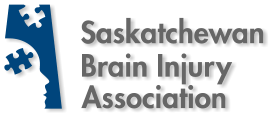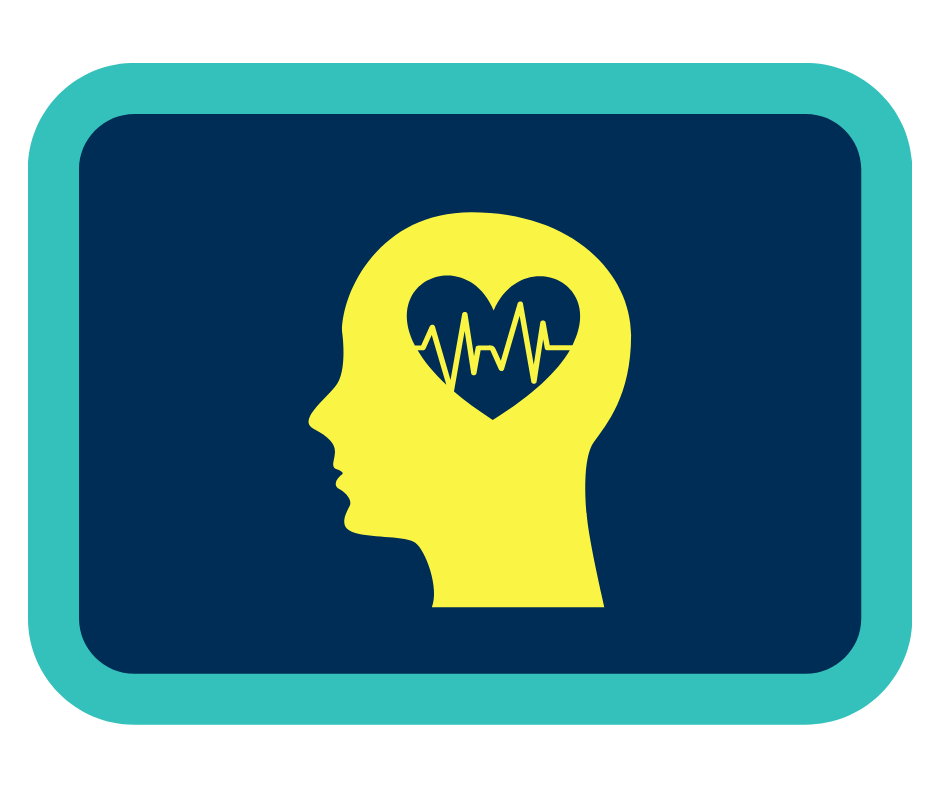
Support
The Saskatchewan Brain Injury Association works to respond to the needs that its members express. The programs that it offers are a direct response to those member requests.
But it is the peer to peer support that members receive from each other that they truly value. At SBIA programs and events, participants often say, "When I am here, I don't have to explain myself because they all understand what brain injury is like."
SBIA spends most of its budget on programs that offer opportunities for people to make connections with each other and develop a community of support.
For those new to a journey with brain injury, the Toolbox was created by families of survivors and includes the information that they wished they had been given when they were at their loved ones' bedside in the hospital.
What kind of support is needed?
Because every brain injury is unique, support needs to be tailored for each individual. There are, however, many survivors, families and caregivers who can benefit from additional support in the areas listed below.
Relationship-Building
Rehabilitation
Family & Caregivers
Mental Health
Education & Stigma
What is currently in place?
Support groups for survivors, families and caregivers.
Recreational programs
Quality of life programs
Educational programs for the public
Provincial Retreats
Rehabilitation
While brain injury survivors undergo intensive rehabilitation immediately following their injuries, these services come to an end once survivors have made what is deemed to be sufficient progress or once they have reached the end of paid services.
Recovery after brain injury can be a slow process, which often takes years. That’s why survivors need opportunities to maintain or increase the gains they made during their post-injury rehabilitation. Without these opportunities, many survivors have reported feeling like they are regressing.
Regular, adapted and customized exercise programs and learning opportunities are key to their continued progress. Some activities that can promote their recovery include:
Art therapy – participating in art-centered activities such as drumming groups and painting classes have been shown to improve communication skills and mood, among other benefits.
Walking groups – regular physical activity increases the amount of blood sent to the brain, which has been linked to improvements in the brain’s plasticity (its ability to repair itself after injury).
Meditation – mindfulness activities have been found to have a positive impact on memory and concentration in brain injury survivors.
Relationship Building
Unfortunately, social isolation is one of the most common effects of brain injury. Many survivors report a loss of relationships they had prior to sustaining their injuries–a result of the cognitive and behavioral changes they experience post-injury. They also find it difficult to establish new relationships with people who do not have brain injuries as others often have a limited understanding of how brain injury affects survivors.
Physiological symptoms like light and noise sensitivity among brain injury survivors can also make meeting in public particularly challenging. Adding to the challenge, some survivors develop anxiety and worry about being judged or misunderstood when out in the public sphere. What survivors need are opportunities to socialize in environments that can accommodate their individual needs and enable them to develop and maintain meaningful relationships.
Adapted exercise classes, coffee groups and retreat weekends with survivors and their families are just some of the activities that can have a profound impact on the quality of life of brain injury survivors. “I don’t have to explain myself here,” is often heard at SBIA’s Social Beans groups, “People here get me.
Mental Health
Did you know that: Brain injury survivors are more than three times more likely to commit suicide than their counterparts without brain injuries?
Brain injury and mental illness often coexist, which is why mental health support for brain injury survivors is so vital. Some survivors’ mental illnesses can go undiagnosed or be misdiagnosed because the effects of the two diagnoses can be similar. Others have to seek separate support for each condition since there is rarely support for the dual diagnosis. The best option is an integrated approach, where both mental health and brain injury effects are considered and services for both diagnoses are coordinated. This way, survivors can receive more personalized and effective treatments
Families and Caregivers
Did you know that:1/3 of brain injury survivors are cared for by their spouses,1/3 are cared for by a parent, and1/3 live by themselves or with a sibling?
The impact of a brain injury affects everyone around the survivor, but the needs of families and others caring for brain injury survivors are often overlooked. Providing support for them is as just as vital. Many family members experience ambiguous loss–grief for a loved one who is physically present, but quite different. Roles can change from partner or parent to caregiver. The ambiguity can lead to depression and anxiety as well as other mental health difficulties. Family members often take on new responsibilities, including financial, emotional, and physical support, but may also need to deal with challenging behaviors that sometimes follow after sustaining a brain injury. A wider support network, including caregiver support groups, are at the top of the list of needs that those who care for survivors have found most beneficial. With increased funds, brain injury associations can provide a wider range of support for them including medical assistance, further training and education and respite
Public Education & De-stigmatization
Did you know that: Brain injury survivors are more than three times more likely to commit suicide than their counterparts without brain injuries?
Brain injury and mental illness often coexist, which is why mental health support for brain injury survivors is so vital. Some survivors’ mental illnesses can go undiagnosed or be misdiagnosed because the effects of the two diagnoses can be similar. Others have to seek separate support for each condition since there is rarely support for the dual diagnosis. The best option is an integrated approach, where both mental health and brain injury effects are considered and services for both diagnoses are coordinated. This way, survivors can receive more personalized and effective treatments
-
“ Music interventions for acquired brain injury, ” January 2017, NCBI
“ Physical activity may leave the brain more open to change, ” December 2015, Science Daily
“ Need a quick brain boost? Take a walk, ” July 2016, Harvard Health Publishing
“ Exercise and Your Brain, ” August 2008, BrainLine
“ Art Therapy: An Underutilized, yet Effective Tool, ” July 2014, NCBI
“ Art and the Brain, ” September 2017, Art4Healing
“ Survivors of traumatic brain injuries more likely to die young,” January 2014, LA Times
“Rebuilding Relationships after TBI Trauma,” April 2011, Kreutzer, J. Pacific Coast Brain Injury Conference.
.










